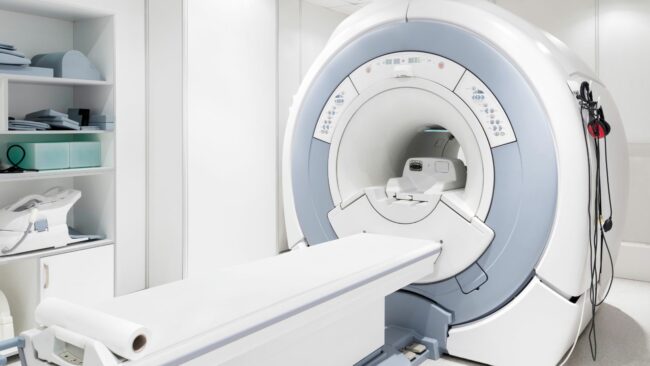Read More >
- Anterior Ankle Impingement - July 24, 2022
- Tarsal Coalition - October 12, 2022
- Sural Nerve Pain - October 3, 2022
Lisfranc Anatomy
The Lisfranc joint is located in the middle of the foot, and injury to this area, including both the bones and the surrounding ligaments, is classified as a Lisfranc injury; this may come in the form of a Lisfranc Fracture or a Lisfranc dislocation. This is a vital part of the foot, providing stability to the surrounding structures, so injury to this area with correct management can lead to long-term issues.
This article will discuss the causes, symptoms, diagnoses, and how to treat Lisfrance injury.

Causes of Lisfranc Injury
One of the most common causes of a Lisfranc injury is if the foot is held in a plantarflexed position and there is a rotation of the midfoot. This can occur when a foot gets stuck in the stirrups when riding a horse and kitesurfing. Other causes of injury are a trip or a fall.
Different types of Lisfranc Injury:
Lisfranc Sprain
This is the over-stretching of the ligaments in the midfoot. this can lead to pain and instability in the foot.
Lisfranc Fracture
A break of a bone in the midfoot, including an avulsion fracture which, is the pulling of a tendon or ligament off a bone that can cause pain and swell in the area.
Lisfranc Dislocation
This is an involuntary movement of a bone from its normal position in the midfoot. It can be very painful and requires immediate medical review.
Symptoms of Lisfranc Injury
- Swelling of the foot
- Bruising on the underside of the foot
- Pain on weight-bearing
- Restricted range of movement of the foot
- Widening of the foot
Diagnosis
If you have any symptoms of a Lisfranc injury, it is essential to see an experienced medical professional
X-ray is the first port of call to establish a diagnosis, typically Standing, lateral, AP, and Oblique scans. Sometimes a CT Scan is required, while an MRI may be performed to confirm the stasis of the surrounding soft tissues.


Lisfranc Injury Treatment
In mild Lisfranc injuries where there is no compromise to the bone or severe damage to the ligaments, then you may be recommend non-surgical treatment.
This can involve six weeks of non-weight bearing in an air cast walker boot and six weeks of partial weight-bearing. This is typically followed by 6 -12 weeks of physical therapy involving progressive stability, mobility, and strengthening exercises.
Surgical Treatment
Surgery can vary from a stabilisation to a midfoot fusion depending on the severity of the case. There may be a non-weight bearing followed by a progressive partial weight-bearing phasing, including physical therapy.
Physiotherapy with James McCormack
This article is written by James McCormack, a Lower Limb Specialist who is an expert in treating Lisfranc Injuries.
This is not medical advice. We recommend a consultation with a medical professional such as James McCormack if you are experiencing any of the symptoms discussed in this article. James offers Online Physiotherapy Appointments weekly and face-to-face appointments in his London clinic.

